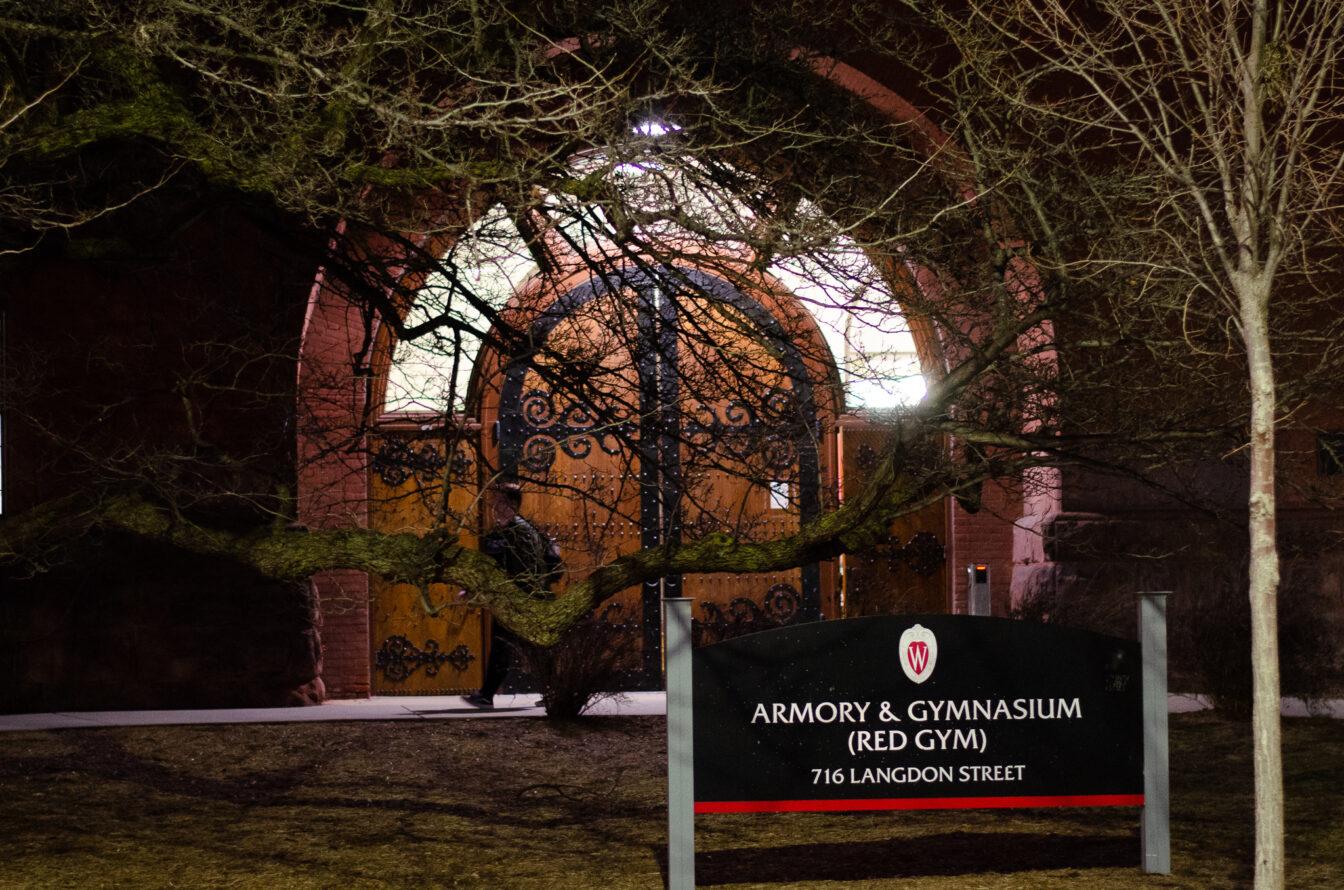New solar panels created by Sunpreme and tested at the University of Wisconsin have passed preliminary tests and could be on their way to usage at the IceCube Neutrino Observatory in South Pole.
The panels tested at UW’s Physical Sciences Laboratory passed test conditions of extreme low temperatures necessary to be used at the IceCube’s location, according to a Sunpreme statement.
The IceCube detects subatomic particles called neutrinos, which have no mass and the ability to travel through walls.
Running a scientific base at the South Pole takes a lot of energy, Matt Newcomb, a programmer with the IceCube team, said.
IceCube plans to use the UW tested solar panels to offset heavy energy requirements at the South Pole, and Newcomb said he hopes the National Science Foundation will choose to fund the construction of solar panels for IceCube.
Newcomb said the base currently relies on diesel fuel flown directly to the base, which takes about a year from the time the order is placed. Not only is energy hard to get, but it is also expensive, he said.
“Here it costs about 10 cents per kilowatt of energy, but at the South Pole it costs about $1.65 per kilowatt of energy,” Newcomb said. “You can imagine how quickly that adds up.”
The solar panels were tested at the UW Physical Sciences Lab, which houses several deep freezers that get down to -60 degrees Celsius, Newcomb said. The solar panels were first placed into the freezers and allowed to “cold soak” for a few days, he said.
Newcomb said the main problems at temperatures that cold were structural. Materials get brittle at temperatures of -60 degrees and can easily break, he said.
“The first test was enlightening,” Newcomb said. “I remember the rubber around the panels got so brittle that it shattered at the tap of a hammer. It didn’t just break — it shattered.”
The job was to first test the panels provided from the manufacturer and then to recommend changes and adjustments, Newcomb said. Once the panels were structurally sound at such temperatures, the team began testing the output voltages, he said.
Because the temperatures were so low, the manufacturer could not guarantee that the output power would remain in the desired range, Newcomb said. After a few “trial and error tests” the panels seemed to be functioning properly, he said.
Francis Halzen, principal investigator of the IceCube team, said the solar panels would use about four watts of power to operate, which would be a small amount of power used compared to the power use of the entire base.
“They have the potential of generating a lot of IceCube’s power,” Halzen said. “They will be configured to cover the sides and roof of the building at the center of the detector that houses electronics and computers.”
Newcomb said the record low for the South Pole is -83 degrees. He said he is confident that the panels will function sufficiently even at temperatures lower than the tested range on -60 degrees.
It was impossible to test the panels at -80 degrees because the facility’s largest freezers only get down to -60 degrees, Newcomb said. Drawing from experience, he said he is confident that if the panels can function properly at -55 degrees, they will function perfectly fine at temperatures lower than that.
“We have a few freezers that get down to -80, but they’re nowhere near large enough to do the testing for the panels,” Newcomb said.
















